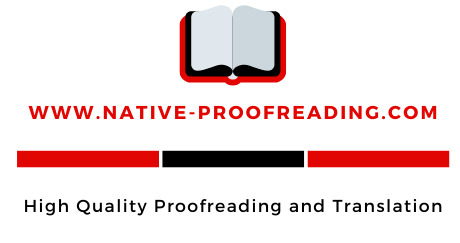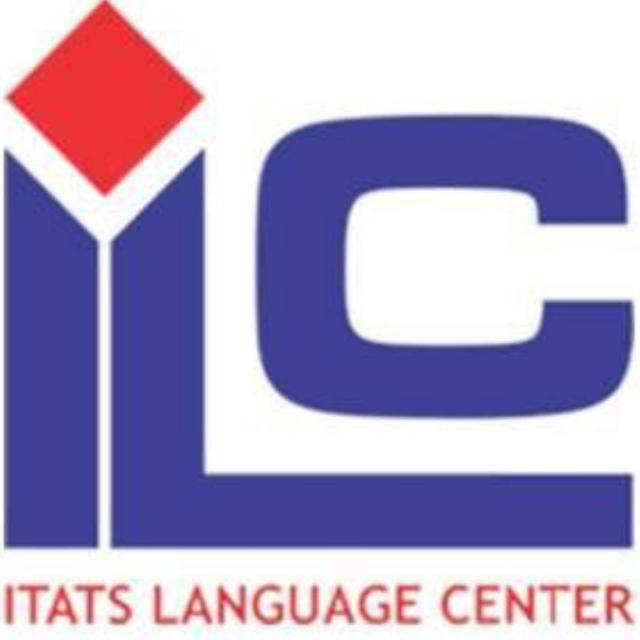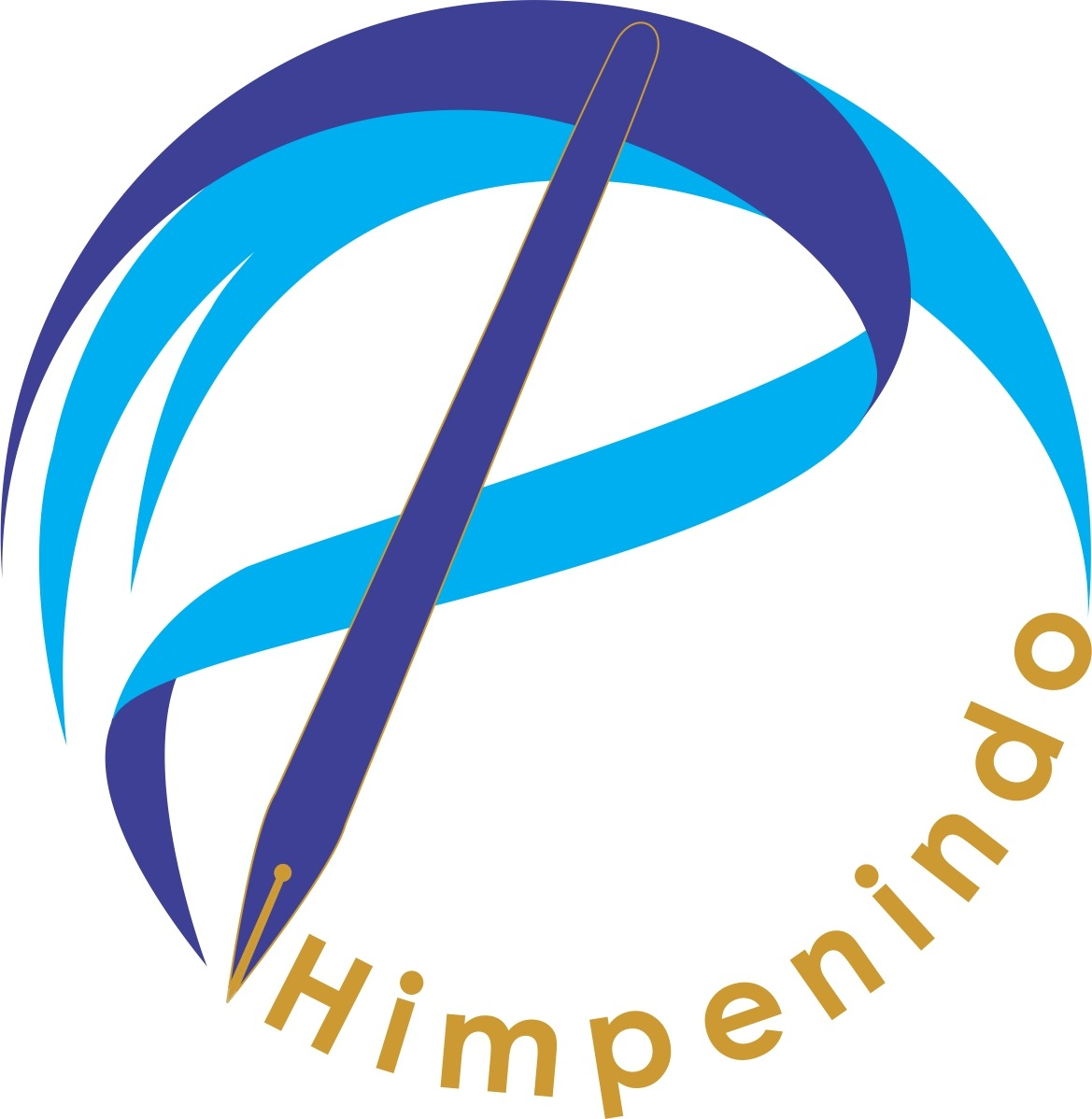Effect of Cryogenic Treatment on Hardness Value and Microstructure of Medium Carbon Steel
Abstract
Full Text:
PDFReferences
D. I. Tsamroh, “Comparison finite element analysis on duralium strength against multistage artificial aging process,” Arch. Mater. Sci. Eng., vol. 109, no. 1, pp. 29–34, 2021, doi: 10.5604/01.3001.0015.0512.
A. A. Rosidah, K. R. S. Roni, and M. Yunus, “Dried Clove Leaf as Corrosion Inhibitor for Medium Carbon Steel in Acidic Media,” J. Mech. Eng. Sci. Innov., vol. 3, no. 2, pp. 78–85, 2023, doi: 10.31284/j.jmesi.2023.v3i2.5160.
D. A. Utama, “Pengaruh Quenching Terhadap Laju Korosi pada Baja Karbon Tinggi,” Univeristas Sriwijaya, 2022.
S. Zhang, K. Gao, S.T. Hong, et al., “Electrically assisted solid state lap joining of dissimilar steel S45C and aluminum 6061-T6 alloy,” J. Mater. Res. Technol., vol. 12, pp. 271–282, 2021, doi: 10.1016/j.jmrt.2021.02.091.
D. R. Eo, J. Yoon, and H. Lee, “Heterostructure effect at the interface of maraging steel deposited upon carbon steel via directed energy deposition,” Mater. Des., vol. 225, p. 111574, 2023, doi: 10.1016/j.matdes.2022.111574.
M. Bajt Leban, B. Zajec, B. Podgornik, et al., “Susceptibility of X17CrNi16-2 martensitic stainless steel to hydrogen embrittlement after conventional and deep cryogenic heat treatment,” Eng. Fail. Anal., vol. 162, no. May, 2024, doi: 10.1016/j.engfailanal.2024.108403.
Z. H. Song, H. Y. Song, J. X. Liu, et al., “Tuning heterogeneous microstructure and improving mechanical properties of twin-roll strip cast low carbon steels by on-line heat treatments,” J. Mater. Res. Technol., vol. 30, no. 11, pp. 5894–5904, 2024, doi: 10.1016/j.jmrt.2024.04.143.
Y. M. Wang, Y. Liang, Y. D. Zhai, et al., “Study on the role of cryogenic treatment on corrosion and wear behaviors of high manganese austenitic steel,” J. Mater. Res. Technol., vol. 24, pp. 5271–5285, 2023, doi: 10.1016/j.jmrt.2023.04.100.
L. M. Rymer, L. Winter, K. Hockauf, et al., “Artificial aging time influencing the crack propagation behavior of the aluminum alloy 6060 processed by equal channel angular pressing,” Mater. Sci. Eng. A, vol. 811, p. 141039, Apr. 2021, doi: 10.1016/J.MSEA.2021.141039.
B. T. Ogunsemi, T. E. Abioye, T. I. Ogedengbe, et al., “A review of various improvement strategies for joint quality of AA 6061-T6 friction stir weldments,” J. Mater. Res. Technol., vol. 11, pp. 1061–1089, 2021, doi: 10.1016/j.jmrt.2021.01.070.
K. hao SHU, Y. XIONG, Y. LI, et al., “Cryogenic rolling impacts on microstructures and properties of a novel Ni–W–Co–Ta medium-heavy alloy,” Trans. Nonferrous Met. Soc. China (English Ed., vol. 34, no. 4, pp. 1214–1225, 2024, doi: 10.1016/S1003-6326(24)66465-4.
X. Li, Z. Wei, X. Wang, et al., “Effect of cryogenic temperatures on the mechanical behavior and deformation mechanism of AISI 316H stainless steel,” J. Mater. Res. Technol., vol. 22, pp. 3375–3386, 2023, doi: 10.1016/j.jmrt.2022.12.190.
M. Villa and M. A. J. Somers, “Cryogenic treatment of an AISI D2 steel: The role of isothermal martensite formation and ‘martensite conditioning,’” Cryogenics (Guildf)., vol. 110, no. May, p. 103131, 2020, doi: 10.1016/j.cryogenics.2020.103131.
J. kuan Ren, D. shun Mao, Y. Gao, et al., “High carbon alloyed design of a hot-rolled high-Mn austenitic steel with excellent mechanical properties for cryogenic application,” Mater. Sci. Eng. A, vol. 827, no. March, p. 141959, 2021, doi: 10.1016/j.msea.2021.141959.
M. A. Essam, A. Y. Shash, M. K. El-Fawakhry, et al., “Influence of micro-alloying elements and deep cryogenic treatment on microstructure and mechanical properties of S5 cold work shock resisting tool steel,” Results Mater., vol. 17, no. January, p. 100374, 2023, doi: 10.1016/j.rinma.2023.100374.
X. Yang, R. Li, Y. Wang, et al., “Improvement of mechanical and tribological performances of carbon nanostructure films by cryogenic treatment,” Tribol. Int., vol. 156, no. September 2020, p. 106819, 2021, doi: 10.1016/j.triboint.2020.106819.
K. Mertová, P. Salvetr, and M. Duchek, “Comparison of cryogenic and cold deformation of commercially pure titanium,” Mater. Today Proc., vol. 28, no. xxxx, pp. 916–919, 2019, doi: 10.1016/j.matpr.2019.12.324.
K. Wang, K. Gu, J. Miao, et al., “Toughening optimization on a low carbon steel by a novel Quenching-Partitioning-Cryogenic-Tempering treatment,” Mater. Sci. Eng. A, vol. 743, pp. 259–264, 2019, doi: 10.1016/j.msea.2018.04.104.
R. I. Riza and K. A. Ilman, “Data on the cooling rate using nano carbon-fluid quenching medium and its effect on the hardness of S45C steel,” Data Br., vol. 46, p. 108867, 2023, doi: 10.1016/j.dib.2022.108867.
C. Cui, Z. Weng, K. Gu, et al., “The strengthening role of post-welded cryogenic treatment on the performance and microstructure of 304 austenitic stainless steel weldments,” J. Mater. Res. Technol., vol. 29, no. January, pp. 5576–5584, 2024, doi: 10.1016/j.jmrt.2024.02.220.
D. I. Tsamroh, P. Puspitasari, A. Andoko, et al., “Optimization of multistage artificial aging parameters on Al-Cu alloy mechanical properties,” J. Achiev. Mater. Manuf. Eng., vol. 87, no. 2, pp. 62–67, 2018, doi: 10.5604/01.3001.0012.2828.
R. N. Fattah, S. Sugiyanto, B. H. Priyambodo, et al., “Rekayasa Peningkatan Kekerasan Permukaan Gear Sprocket Sepeda Motor dengan Metode Quenching Variasi Media Pendingin,” Quantum Tek. J. Tek. Mesin Terap., vol. 5, no. 1, pp. 8–13, 2023, doi: 10.18196/jqt.v5i1.19418.
C. T. Parcianello, D. G. Fantineli, T. S. Rosendo, et al., “Influence of the heat treatment on the mechanical and tribological properties of cryogenically treated AISI M2 steel,” J. Mater. Res. Technol., vol. 26, pp. 6462–6475, 2023, doi: 10.1016/j.jmrt.2023.08.309.
P. Jovičević-Klug, M. Jovičević-Klug, L. Thormählen, et al., “Austenite reversion suppression with deep cryogenic treatment: A novel pathway towards 3rd generation advanced high-strength steels,” Mater. Sci. Eng. A, vol. 873, no. April, 2023, doi: 10.1016/j.msea.2023.145033.
T. Surdia and S. Saito, “Pengetahuan Bahan Teknik,” p. 372, 1999.
N. Nurkim, S. Sukanto, D. I. Tsamroh, et al., Pengantar Material Teknik, 1st ed. Padang: CV. HEI PUBLISHING INDONESIA, 2024.
J. Li, X. Zhang, H. Bu, et al., “Effects of deep cryogenic treatment on the microstructure evolution, mechanical and thermal fatigue properties of H13 hot work die steel,” J. Mater. Res. Technol., vol. 27, no. November, pp. 8100–8118, 2023, doi: 10.1016/j.jmrt.2023.11.236.
DOI: https://doi.org/10.31284/j.jmesi.2024.v4i1.5972
Refbacks
- There are currently no refbacks.

This work is licensed under a Creative Commons Attribution-NonCommercial 4.0 International License.
Published by:
Mechanical Engineering Department - Institut Teknologi Adhi Tama Surabaya
Editorial Address
Journal of Mechanical Engineering, Science, and Innovation is licensed under CC BY-NC 4.0








